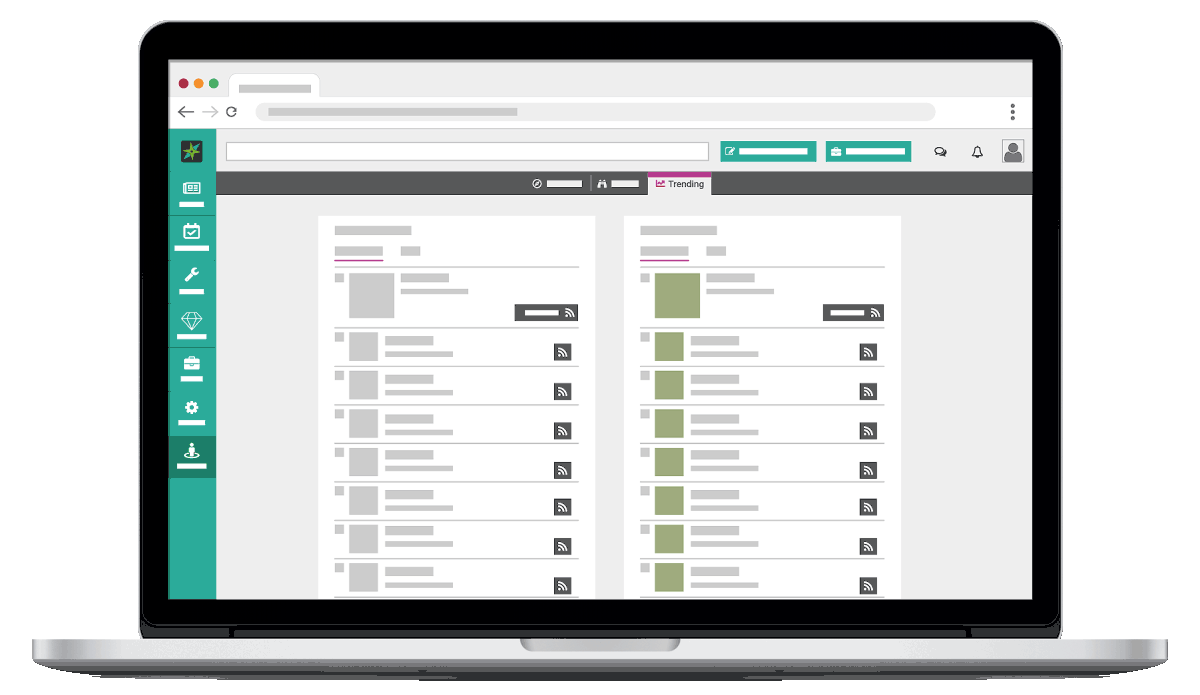China’s great Starbucks rival, Luckin Coffee, hit on the nerves of a lot of investors last week – and the coffee wasn’t to blame. A precipitous share price drop of 39 percent from its previous peak seems to have dampened the market’s thirst for java. But it wasn’t always this way.
A few weeks ago, Luckin’s story was one of promise and potential: a young upstart brewing a revolution against multinational coffee overlord Starbucks.
With an oversubscribed public listing in the US, the company raised US$651 million. Its rapid growth continues, with Luckin aiming the top of the market by year’s end, opening 4,500 coffee shops across China.
So what went wrong?
Luckin built itself up using the formula of China’s hyper-growth tech startups: grab market share from a Western incumbent through aggressive growth, heavy subsidies, and a unique tech-focused approach.
Unfortunately, this playbook works better for perennially private tech firms than young upstarts with public market ambitions.
Smartkarma Insight Providers have tracked the company on the lead-up to its IPO, and their early concerns echo the market’s current misgivings pretty accurately.
A Nascent Coffee Culture
From the outset, LightStream analyst and Smartkarma Insight Provider Oshadhi Kumarasiri noted some of the challenges in a note published on 2 May. For one, coffee is just not that huge in China yet.
While the overall Chinese coffee market grew at a CAGR of around 30 percent from FY 2013 to 2018, it still makes up just about 2 percent of the global market.
“Even if this rapid growth continues, we expect it will take another 15-20 years minimum for the Chinese coffee market to reach the size of the US coffee market,” said Kumarasiri.
In that light, Luckin’s shop-opening spree doesn’t look promising. In less than two years, the company has opened 2,300 stores in China, and is looking to almost double that by the end of 2019.
To compare, Starbucks reached 3,800 stores in the country over a steady and measured approach over the past 20 years.

By splurging on rapid growth, Luckin has very little room to maneuver on costs like store rentals, operations, payroll, and more.
“Our base case assumptions forecast Luckin’s gross loss to reduce over time. However, even after the improvements, we expect the gross margin to remain negative in 4Q2021,” Kumarasiri pointed out.
Read Oshadhi Kumarasiri’s Insights: Spilling the Coffee: Rapid Expansion Without Much Due Diligence Could End in Disaster and Luckin Coffee: Top Line Growth May Not Be Enough to Generate Positive Operating Margins
Coupon Craze
Then there are those aggressive discounts and subsidies.
“Presently, Luckin’s average revenue per unit of a brewed drink is less than half of the listed retail price (starting at RMB 21), thanks to massive discounts and free coupons that are on offer,” said Investory analyst and Smartkarma Insight Provider Devi Subhakesan in a report.
Coffee delivery is also highly subsidised, with fee charges for delivery covering only one-fifth of delivery expenses.
Meanwhile, Insight Provider Zhen Zhou Toh of Aequitas Research found that, among other costs, 89 percent of Luckin’s revenue goes to “ads, free promotion, and delivery.”
Read Devi Subhakesan’s Insight: Luckin Coffee: Looking at the Good, the Bad, the Unsure, and the Future
A History of Cash Burning
In a different Insight, Toh explored Luckin’s pedigree, especially regarding Founder Jenny Qian’s connection with automotive startups UCAR and CAR. Both companies, founded by Qian’s mentor Charles Lu, followed the exact same cash-burning strategy to achieve growth against incumbents like Didi Chuxing and Uber.
As Toh noted, Lu is an active player within Luckin as well, attracting some of the same investors to the new venture. And looking at CAR and UCAR’s IPOs, which both fizzled after an initial high, it’s hardly surprising that Luckin’s listing went a similar way.
To further drive the point home, Aequitas compiled 30-day stock performances of recent Chinese IPOs in the US, including Pinduoduo, Tencent Music, and NIO. Most of them dropped off after a first-week high, and Luckin was not going to be an exception, Toh warned.

Chart by Aequitas Research
“We think that after the first week, the market will adopt a wait-and-see approach until the next quarter announcement to see whether management can deliver the growth that they have promised,” he wrote.
Read Zhen Zhou Toh’s Insights: Luckin Coffee (瑞幸咖啡) IPO Trading Strategies, Luckin Coffee (瑞幸咖啡) Vs. Starbucks (星巴克) – Still Has a Long Way to Go, Luckin Coffee (瑞幸咖啡) – The Art of Burning Cash for Market Share
Future Brew
It’s not all over for Luckin. The big bet will be achieving sustainability, or even profitability, before the cash runs out.
“A long-term sustainable coffee shop/chain business model cannot afford to run like a fashion brand,” said Subhakesan.
The analyst expects the company to phase out aggressive discounts, which will improve average realised revenue. If it manages to stabilise volumes as stores mature, offsetting the fall in discount-powered demand, net operating margins should improve to 20 percent, she calculated.
Luckin will still need to keep an eye on the competition, however. For example, Starbucks China now offers both online ordering and delivery – two of Luckin’s unique selling points.
“We feel the risk is too high with Luckin Coffee, especially when there’s a much safer investment option into the Chinese coffee boom by way of Starbucks,” Kumarasiri concluded, two days before the NASDAQ listing.
Read more IPO coverage on Smartkarma!




